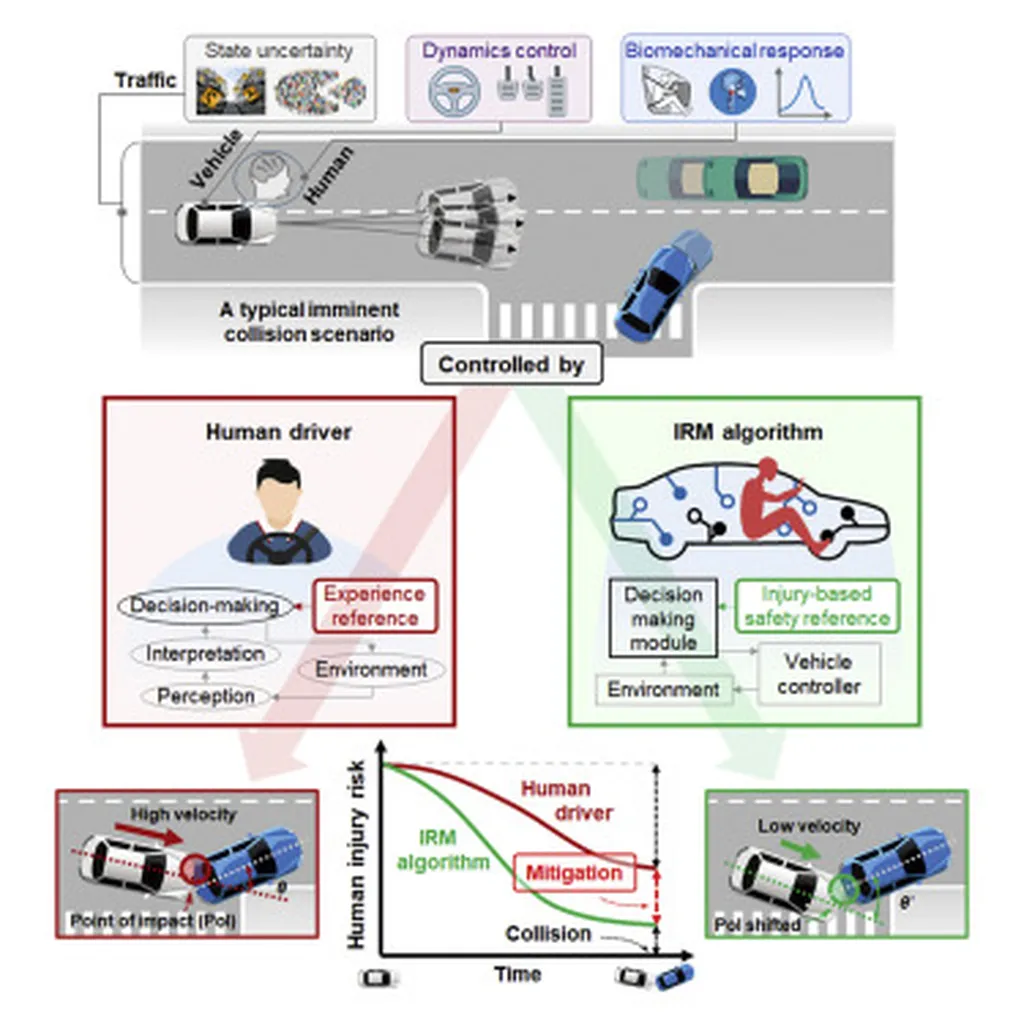As semi-autonomous vehicles become increasingly integral to various sectors—from mining and logistics to defence—the need for a robust framework to analyse driver interactions with these advanced systems has never been more critical. A recent study by Siraj Shaikh and Padmanabhan Krishnan introduces a novel approach to ensure the safety and efficiency of semi-autonomous vehicle operations by examining the intricate dynamics between human drivers and automated systems.
The researchers highlight that the presence of human drivers in the control loop is a defining characteristic of semi-autonomous vehicles. This interaction necessitates a comprehensive understanding of both the human behavioural aspects and the technical capabilities of the vehicle. The study proposes a framework that integrates empirical models of human behaviour with environmental and system models. This integration allows for a thorough analysis of the interactions between these components, focusing on achieving desired safety properties.
Central to this framework is the use of model checking, a formal verification technique that systematically explores all possible states of a system to determine whether specific properties hold true. By applying model checking, the researchers aim to identify potential safety issues and validate the design of semi-autonomous vehicles to ensure safer vehicle-driver interactions.
The proposed framework is demonstrated through a case study involving semi-autonomous vehicles where driver fatigue is a critical factor. This example underscores the practical applications of the research, particularly in scenarios where human factors such as fatigue can significantly impact the safety of vehicle operations. The study shows how the integration of human behaviour models with system and environmental models can provide a holistic view of the operational dynamics, ultimately enhancing safety and performance.
The implications of this research extend beyond the immediate applications in mining, logistics, and defence. By establishing a methodical approach to analysing driver interactions with semi-autonomous vehicles, the study paves the way for broader advancements in autonomous technology. It offers a blueprint for developers and engineers to design systems that are not only technologically advanced but also inherently safer for human operators.
In conclusion, the framework proposed by Shaikh and Krishnan represents a significant step forward in the field of semi-autonomous vehicle technology. By combining empirical models of human behaviour with system and environmental models, and employing model checking for verification, the study provides a robust tool for ensuring the safety and efficiency of these advanced systems. This research is poised to influence the future development of autonomous technologies, making them more reliable and safer for a wide range of applications. Read the original research paper here.

